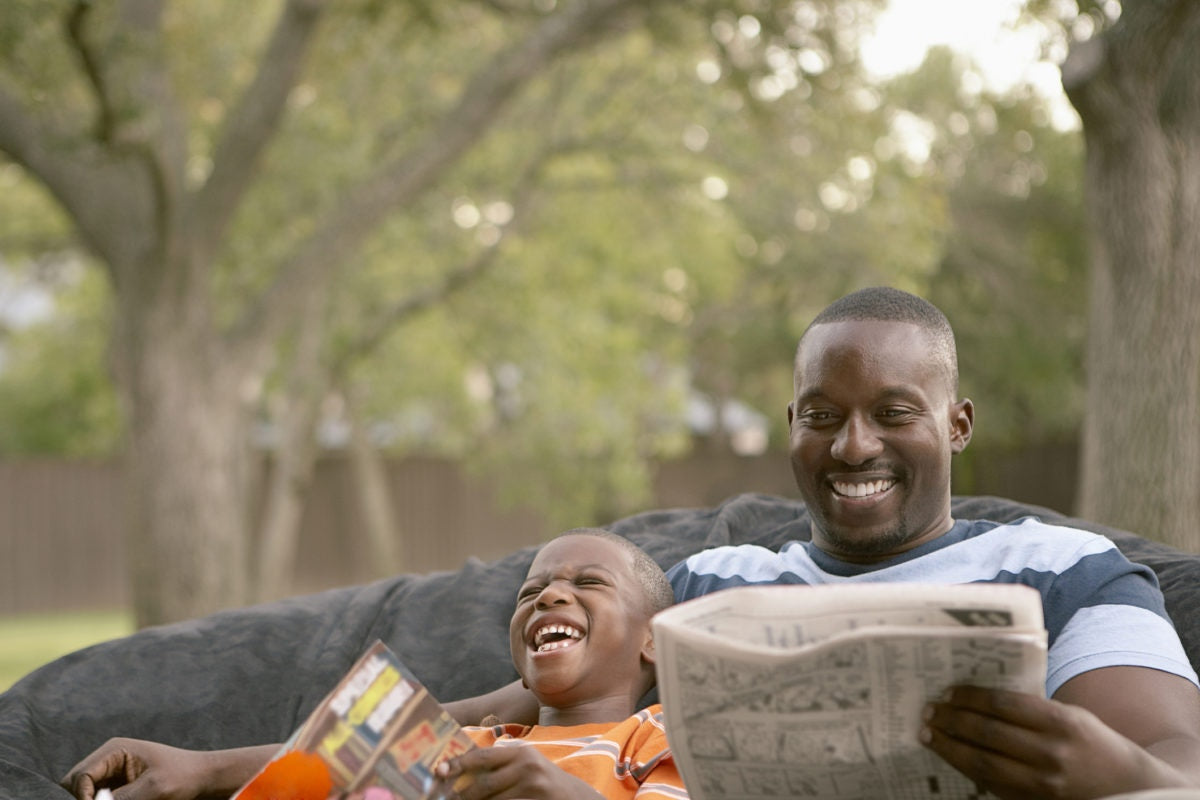Theodore Roosevelt is one of the most revered personalities of the 20th century and is regarded as one of the greatest presidents America ever had. Yet, few know that Theodore Roosevelt was not only a rabid reader but was also a speed reader. A story is told about how he wrote a friend a list of book recommendations with the 100 books he could remember reading from the previous two years. Roosevelt was one of the most well-read men in history and his reading shaped his destiny. The idea that you are what you read was eloquently described by Ralph Waldo Emerson: “I cannot remember the books I’ve read any more than the meals I have eaten; even so, they have made me.” Many experts agree that the earlier in life children are exposed to books and to different vocabulary, the better they learn new words, and the more they benefit from everyday experiences. The evidence is clear: Reading is important for vocabulary, language and social skills development. There are multiple advantages in reading to kids, and there is plenty of research to back that up.
- Reading to your kids awakens their curiosity, imagination and critical thinking skills.
- Children who hear stories are more likely to fall in love with books.
- Reading provides a bonding experience with your child and can be comforting.
- Children who are read to from the earliest moments, express themselves better and therefore become better communicators.
- Reading instills a sense of enjoyment.
- Reading promotes two-way communication.
- Reading opens up a kids world. It introduces them to new things and new places.
- The earlier children learn a word, the better they master it.
- Reading takes kids away from screens. And, my personal favorite:
- reading keeps kids quiet!
Roosevelt had some important words of advice:
1 | “A book must be interesting to the particular reader at that particular time.”
It is important to remember that both quality and quantity matter in children’s language and literacy development.- Your child’s age must be taken into account when choosing which books to read.
- A good book should have a level of vocabulary your child is able to understand.
- Picture books are particularly good for the youngest kids because you can talk to them about the illustrations.
2 | “Do what you can, with what you have, where you are.”
Many parents fail to realize that reading with their child for just 10 minutes a day is enough to make a huge difference to their development.- If you don’t have 30 minutes to spare, read for 10 minutes every day.
- If you don’t have 10 minutes every day, read for 10 minutes every week…
- If you’re unable to read to your kids, talk to them. Make up stories. Talk to them about your day, about their day, about the world.


